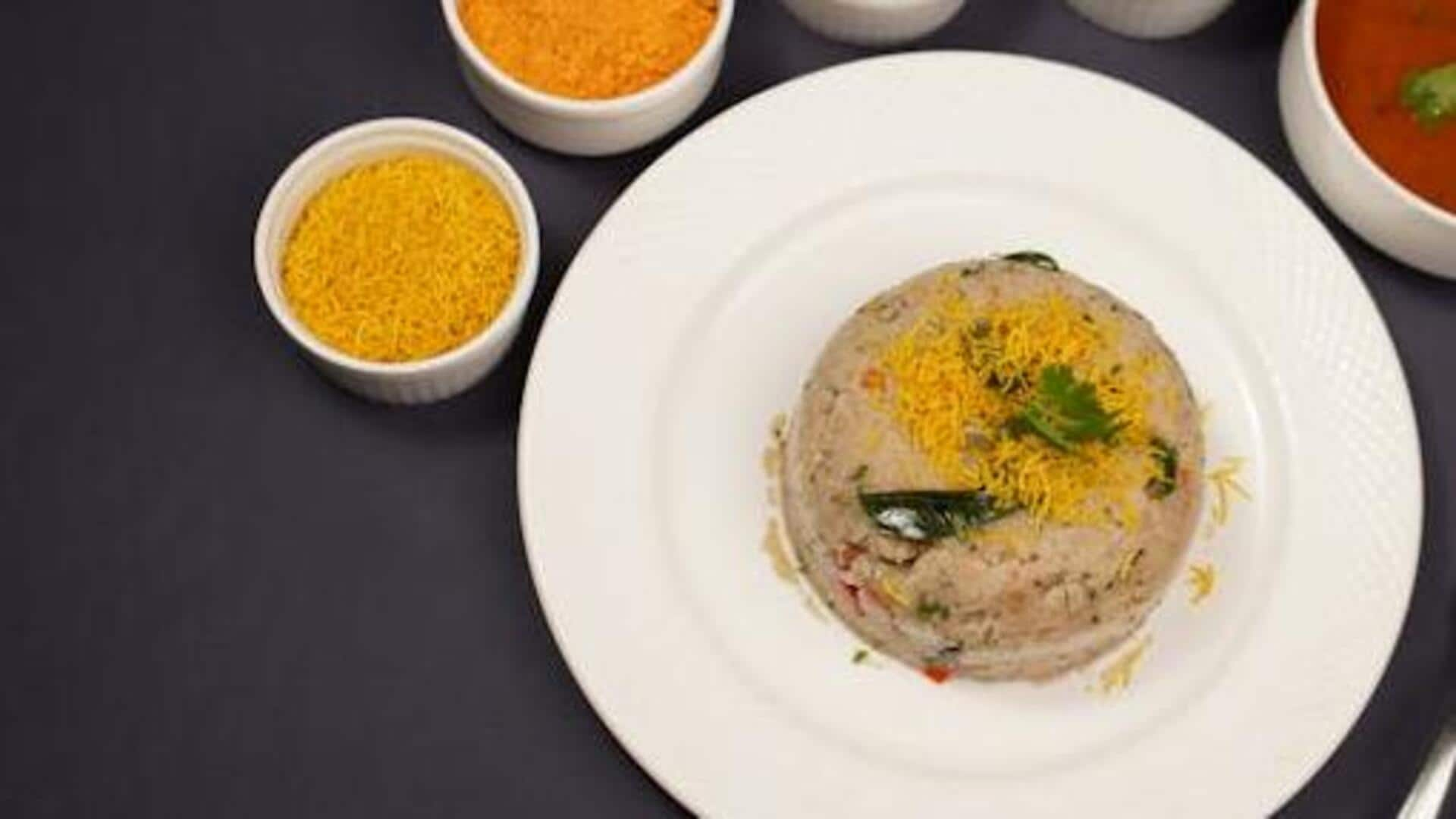
The journey of upma: From South India to global plates
What's the story
Our humble South Indian dish, upma, has found its way to global plates. This simple yet versatile dish is mainly prepared using semolina or rice flour. Cooked with vegetables and spices, upma proves to be a healthy option for many. Over the years, the dish has crossed regional borders and become a global favorite thanks to its simple preparation and taste adaptability.
#1
Origins in South Indian kitchens
Upma's origins can be traced back to South Indian kitchens where it was originally cooked as a breakfast dish. The use of locally available ingredients like semolina, mustard seeds, curry leaves and green chilies lent it the unique flavor. Its quick cooking time made it an ideal option for busy mornings. With time, variations came into being with different regions adding their touch by using local spices and vegetables.
#2
Adaptations across India
As upma made its way across India, every region tweaked the recipe to suit local taste and ingredient. In Maharashtra, peanuts are commonly added for an added crunch, while in Gujarat, a dash of sugar may be added for a hint of sweetness. These variations speak of upma's versatility as it mixes well with different culinary traditions across the country.
#3
Global popularity surge
The global love for upma can be credited to the Indian diaspora who brought this delicacy to several corners of the world. Its simplicity attracted those in search of quick, yet wholesome meals. Also, health freaks adopted upma since it's a low-calorie option as compared to other breakfast items. This prompted restaurants across the world to add upma to their menu, serving not just Indians, but inquisitive foodies.
Tip 1
Modern twists on traditional recipe
In recent years, chefs have been experimenting with traditional recipes, giving them modern twists without losing authenticity or that perfect balance of flavors that makes them special in the first place. Some popular variations include quinoa-based ones, which offer a higher protein content than regular ones. Others incorporate exotic ingredients like avocado or sun-dried tomatoes, adding new dimensions taste-wise, while keeping nutritional value intact.